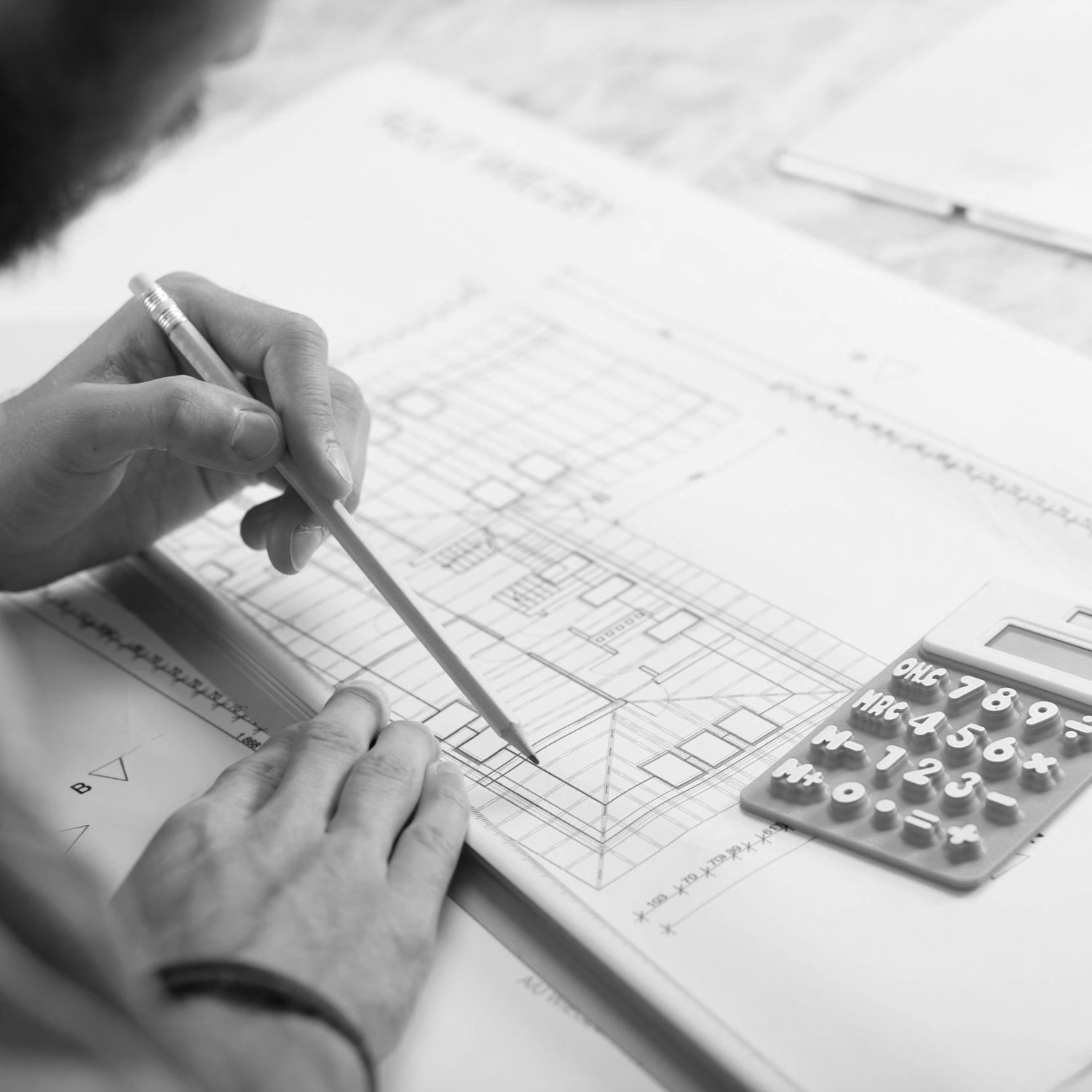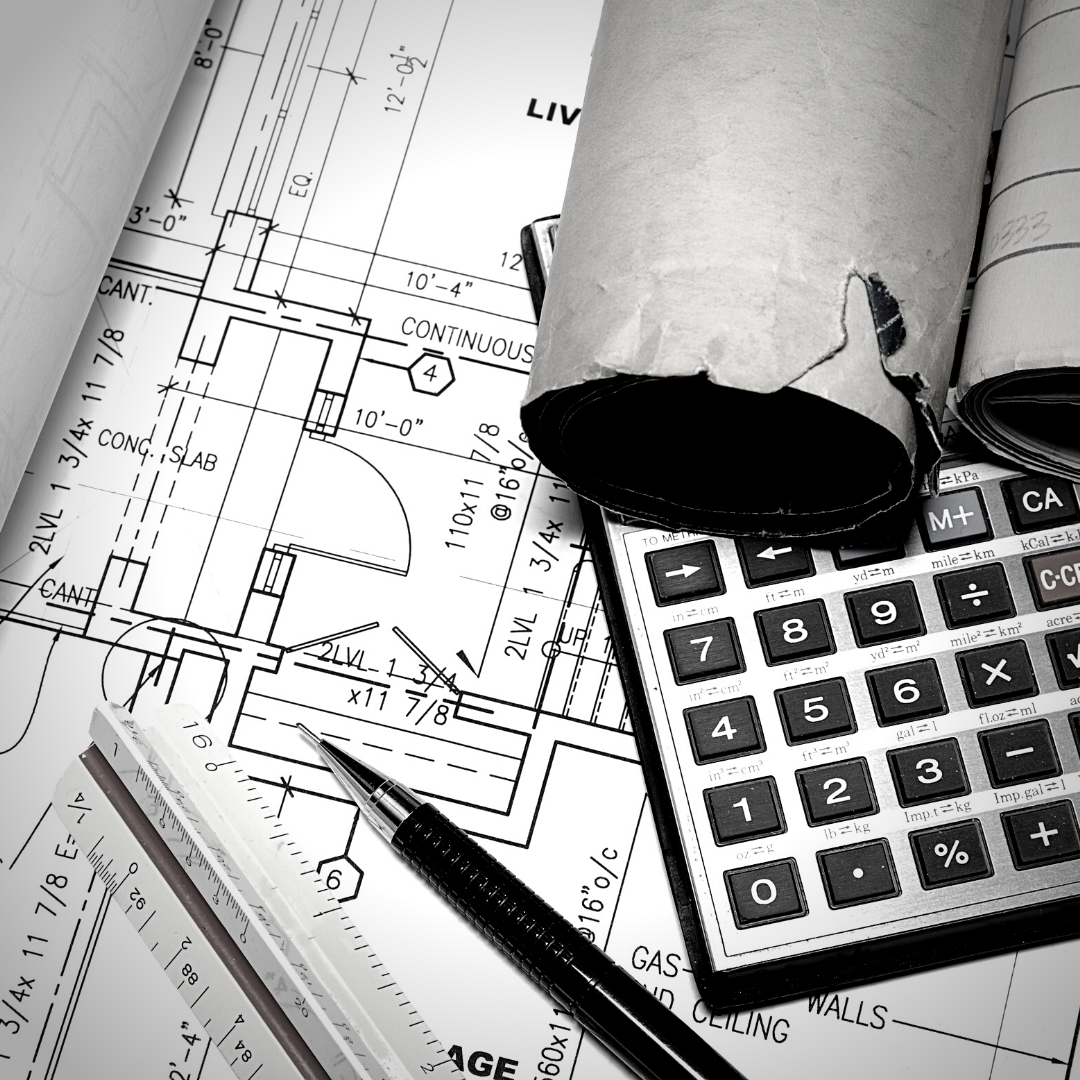Why Price per Square Metre is NOT a Good Rule of Thumb
In the ever-evolving world of home renovation and new home building, price per square metre costing has long been a go-to metric for homeowners and builders alike. However, it has become increasingly evident that relying solely on this metric is an oversimplification of the complex factors that influence construction costs. Here, we delve into the history behind why price per square metre is so popular, and why it may not be the most accurate, effective or relevant guide for your home renovation or new home build.
The Historical Perspective: The Rise of Price per Square Metre
The quest for a standardised metric to evaluate construction costs can be traced back to a time when simplicity was key. The price per square metre approach emerged as a seemingly straightforward way to compare the cost of different construction projects. Its simplicity appealed to homeowners, builders and suppliers, providing a quick and easy method to estimate the financial scope of a project. This metric became a widely accepted rule of thumb, guiding countless decisions in the home construction industry.
Many project (or volume) home builders still advertise cost per square metre as a way of comparing their selection of home designs. They work off standardised plans that may offer tiers like Basic, Mid-range and Luxury which will factor in specific materials and finishes for the home to be built on a flat block in a given location. This method of pricing can simplify the process when deciding which of the project home designs may best suit your budget and design aspirations.
Even today, shoppers are accustomed to comparing items like tiles, carpet and flooring on a price per square metre basis. This is a simple comparison when you are only looking at flooring material, however, the cost of installation may vary greatly depending on the shape of the room, the condition of the existing floors, the pattern you want, and the materials you’re working with (e.g. – it will be cheaper to lay large format tiles compared to small intricate mosaics). Here’s where the complexities start creeping in.
As soon as any level of customisation is required, or construction challenges are identified, relying on price per square metre becomes more difficult and less accurate.
The Changing Landscape: Why Cost per Square Metre is NOT a Relevant Guide Today
The price per square metre rule, while a convenient and commonly used metric, may not provide a fair or accurate comparison when assessing renovation or custom home construction quotes for several reasons:
Quality of Materials
A price per square metre doesn't account for variations in the quality of materials being used. Consider two kitchens identical in size: one has a prefabricated standard sized kitchen installed with a laminated benchtop, basic fittings and flooring, and the other has custom joinery, an imported marble kitchen bench, designer appliances and high-end tapware. Although the same size, these two kitchens are going to be vastly different when comparing on a price per square metre basis.
Customisation and Design Complexity
Every renovation or construction project is unique, especially when it comes to custom designs and intricate details. The price per square metre fails to consider the design complexity, construction challenges, customisation requirements, and unique features. For example, two houses can have exactly the same floorplan metre square size, but due to their different shapes, layouts, design complexity and/or construction challenges, the cost of each home’s renovation varies wildly.
The types of rooms and their functions
When it comes to construction costs – rooms and walls are not created equal, so how could their pricing be? The overall area of external walls (which require termite protection, drainage, load bearing, cabling, cladding, insulation, windows, eaves, down pipes and scaffolding), versus internal walls which may only require gyprock, cabling, and painting, will have a huge impact on overall construction costs. Similarly, rooms like bathrooms and kitchens take up a much larger portion of the construction budget compared to bedrooms and living areas, as they require specialised materials and fixtures, complex plumbing and electrical work, waterproofing, and custom cabinetry. It would be unfair to suggest the price per square metre be the same for these rooms – even if they are comparable size.
Labour Costs and Skill Levels
Skilled labour costs can vary based on the intricacy of the work involved and level of skill required. A simple price per square metre calculation may not reflect the skill level required for specific tasks. For example, intricate woodworking or specialised craftsmanship may demand higher labour costs per square metre.
Site-Specific Challenges
The conditions of a construction site play a crucial role in the cost to build on it. Sites with challenging terrain (e.g. sloping block), limited accessibility, or specific regulatory requirements can incur additional expenses that aren't accurately represented by a standardised price per square metre.
Technology and Energy Efficiency
Modern construction often involves advanced technologies and energy-efficient features. Incorporating these elements may increase costs but also enhance long-term savings. The price per square meter doesn't differentiate between standard and technologically advanced construction which aims to enhance the overall living experience.
Geographic Variances
Construction costs can vary significantly based on geographic location due to differences in material prices, labour rates, and local building regulations. A one-size-fits-all approach with a price per square metre doesn't consider these regional variations.
Project Management and Oversight
Effective project management and oversight contribute to successful construction outcomes. Projects with more complex designs or those requiring meticulous attention to detail may require additional project management efforts that aren't reflected in a simple price per square metre calculation.
From Accurate Estimates to Tailored Quotes: MILEHAM’S custom approach to your build cost
While the price per square metre approach may have served as a reliable benchmark in the past, and is still used to compare project (volume) home building and some materials today, MILEHAM recognises the limitations of this broadacre approach and the negative and - at times - distressing impact they can have on a client’s final invoice expectations. The true cost of construction is shaped by a multitude of factors beyond simple square meterage.
Instead, we focus on the specific needs of your particular build, identifying the labour, material and skill requirements for each build stage to provide you a personalised, transparent and detailed build quote.
Our 20+ years of industry experience, knowledge and expertise as both an Architect and custom home builder (Class 1 and Class 2) enables us to draw insights from projects similar to yours, to provide you an accurate initial build estimate (if you’re just starting out on your project), or a thoroughly detailed and transparent build quote for when your DA or CDC plans are approved.
To understand more accurately the specific and potential costs relating to your home renovation or new home build, contact MILEHAM today for a free Consultation and initial build estimate.





